In Focus: How Rembrandt’s self-portraits were masterpieces of art, experimentation – and even marketing
Rembrandt painted more self-portraits than any painter who came before him. But why? And what do they tell us about one of the great Grand Masters? Nick Trend explains.


Taken on the simplest level, Rembrandt’s self-portraits are a unique and fascinating visual document: nearly 100 paintings, etchings and drawings that record the maturing of the artist from fresh-faced youth to careworn old age.
But what more does this extraordinary sequence of images tell us? Does it reveal self-obsession, vanity, the brutally honest introspection of a man wrestling with the human condition?
There is certainly something powerful about many of these pictures, something that seems to resonate beyond a simple sequence of likenesses.
Perhaps it’s the eyes. Whether we are faced with the stare of the wild-haired artistic prodigy in his early twenties or looking into the deep-set, heavily-lidded sockets of Rembrandt at the end of his life, he peers out at us with the same unwavering gaze and an air of relentless scrutiny.
“The pictures were made for self-promotion, practice, experimentation, sometimes simply as paintings he knew he could sell to a new breed of collectors who were interested in such images”
As a result, there has been a temptation to see him as a man of deep insight, brutally honest and self-aware, wrestling with the human condition as age takes its toll.
Perhaps he was, but not in the way that we understand such ideas now. In fact, our concept of a self-portrait today would not have made much sense to Rembrandt.
He painted himself for different reasons at different times. He depicted himself as an artist hard at work, a 16th-century Renaissance aristocrat, a fashionable Amsterdam gentleman, a man in armour, a Turk in a turban. The pictures were made for self-promotion, practice, experimentation, sometimes simply as paintings he knew he could sell to a new breed of collectors who were interested in such images.
Sign up for the Country Life Newsletter
Exquisite houses, the beauty of Nature, and how to get the most from your life, straight to your inbox.
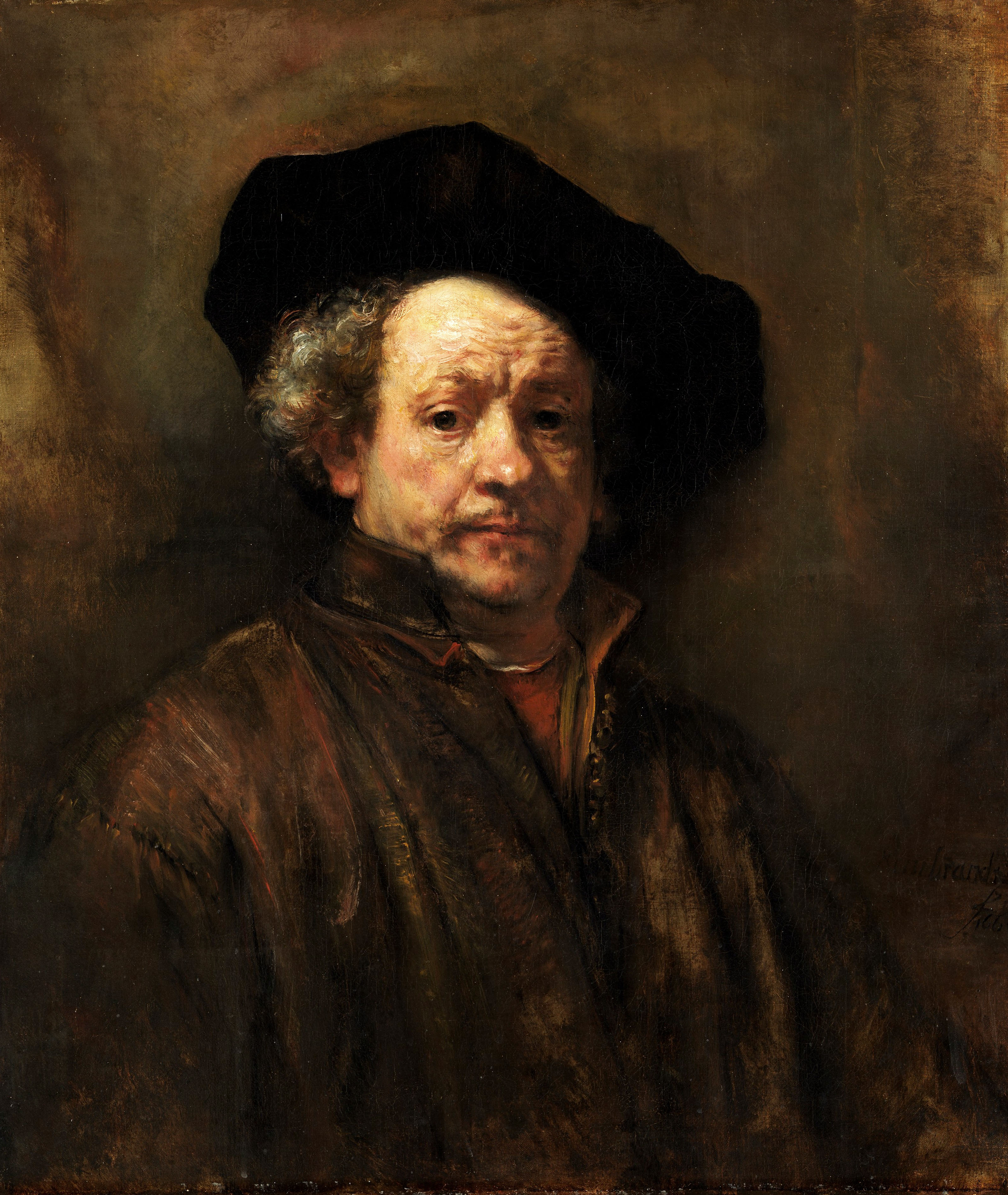
In 1629, Charles I acquired one of the very earliest and Cosimo III de’ Medici bought one of the last after visiting Rembrandt’s studio just before the artist died.
Yet many of the self-portraits also illuminate the triumphs and setbacks of an extraordinary, often tragic life and, most importantly perhaps, they reveal his obsession with his art.
The first time we encounter Rembrandt’s face is in about 1628, when he was in his mid twenties. Between then and 1634, he produced a flurry of about a dozen paintings of himself that seem to ooze confidence. These were the years when he left home in Leiden, set up his own studio in Amsterdam and married Saskia, his dealer’s daughter. The artist was making his name as an outstanding new talent and the virtuosity that caught the eye of contemporary connoisseurs is already apparent.
One in particular, now in the Rijksmuseum, may be the first self-portrait he made. It is strikingly inventive. His face is in deep shade, the light falling on his cheek from a source directly behind him.
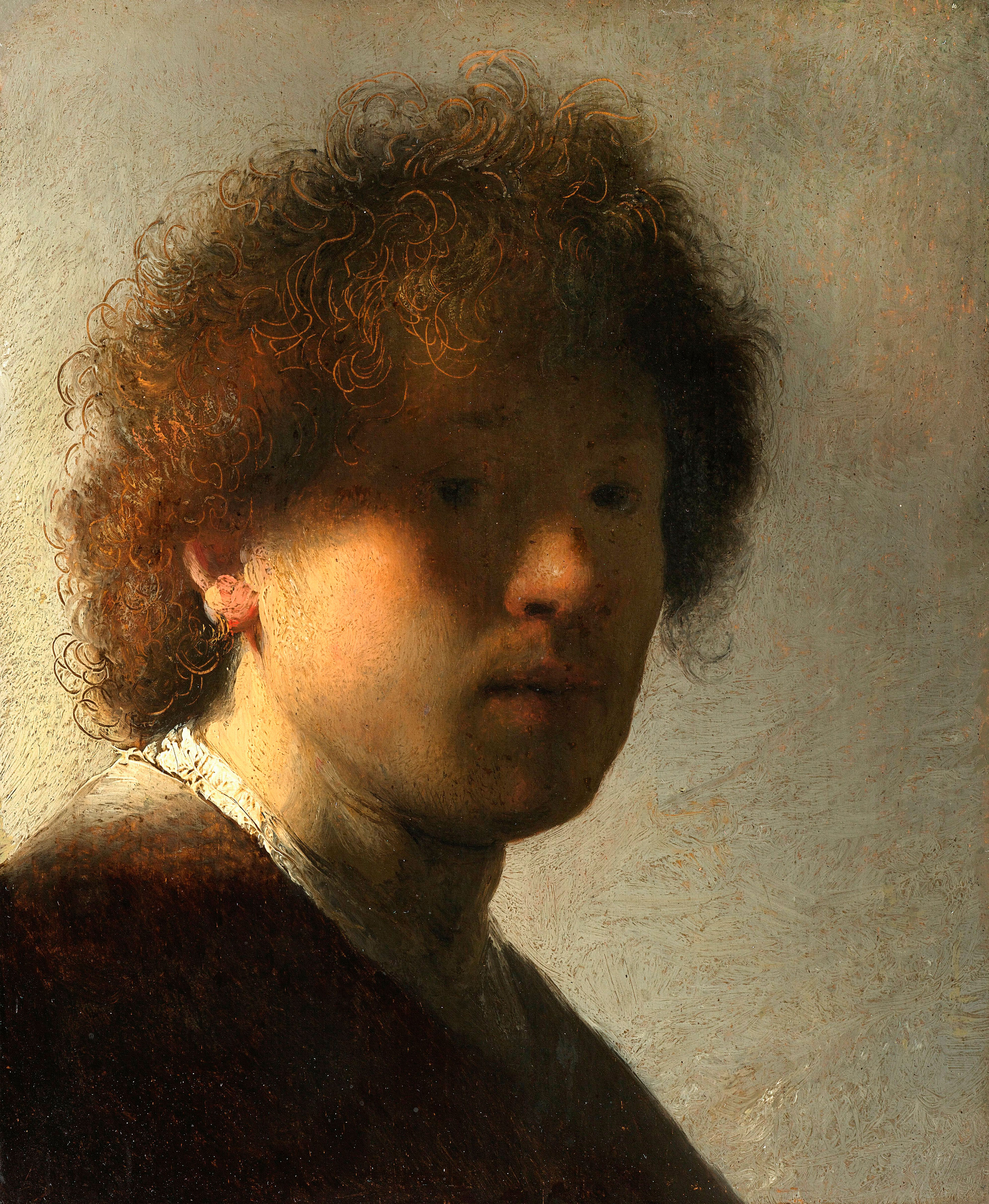
Yet although we can recognise his features, Rembrandt was clearly not so interested in depicting himself as in experimenting with light effects. His own face was simply a model he didn’t have to pay for and he used it for other artistic experiments, too.
For example, during these early years, Rembrandt produced a whole series of etchings of himself striking different attitudes and expressions – surprise, fear, laughter – as he both practised his technique and studied the way emotions change the look of a face.
"Without a trace of self doubt, Rembrandt was staking a claim for himself as the natural heir to three of the greatest painters of the Italian Renaissance"
Another burst of painted self-portraits followed in the later 1630s and early 1640s. These show a man who had become much more concerned with projecting a particular professional image of himself.
One of the most famous, dated 1640, shows him looking confident and slightly aloof, resting his arm on a stone parapet. He has derived the pose from a portrait by Titian (about 1512), which was thought at the time to depict the Renaissance poet Ludovico Ariosto. There are echoes both of a famous self-portrait by Dürer (1498) and a portrait by Raphael (before 1516) – all these paintings were in Amsterdam at about this time. Without a trace of self doubt, Rembrandt was staking a claim for himself as the natural heir to three of the greatest painters of the Italian Renaissance.
It was a claim reinforced by the way he signed his own paintings. From very early on, when he was only 26, he had started using only his Christian name – Rembrandt. This practice, unheard of before in Dutch painting, emulated the most celebrated of the Italian masters – Leonardo, Raphael, Michelangelo and Titian.
Rembrandt’s motives aren’t always so clear, however. One very distinctive painting, made in 1639, shows a man holding up a dead bittern. The light falls on the downy underside of the bird and catches the delicate patterns of the wing feathers, but the young man’s face is mostly in deep shadow. It may be a portrait of a rich young huntsman displaying his prize, but many have seen a clear resemblance to Rembrandt himself. If it is him, does that make it a self-portrait?
There are no simple distinctions. The picture is many things, including a still life and a mediation on death. There were certainly dark moments for Rembrandt then: he and Saskia had lost their first son and, most recently, their daughter in early infancy.
"For about two years, Rembrandt almost stopped painting. Even more tellingly (with the possible exception of one undated self-portrait), he didn’t paint himself again for another decade."
Meanwhile, an etching of 1636, depicting him at work on a drawing as Saskia watches, seems to be a particularly poignant, spontaneous tribute to his wife. But it may have been rather more staged than this, conceived as an allegory illustrating the traditional proverb that marital love inspires art.
Judging from the many portraits he made of her, however, it’s clear that his relationship with Saskia was a deep one and that, for a time, things were going well. In 1641, they had a healthy son, Titus, and had bought an imposing merchant’s house where Rem-brandt was running a successful studio.
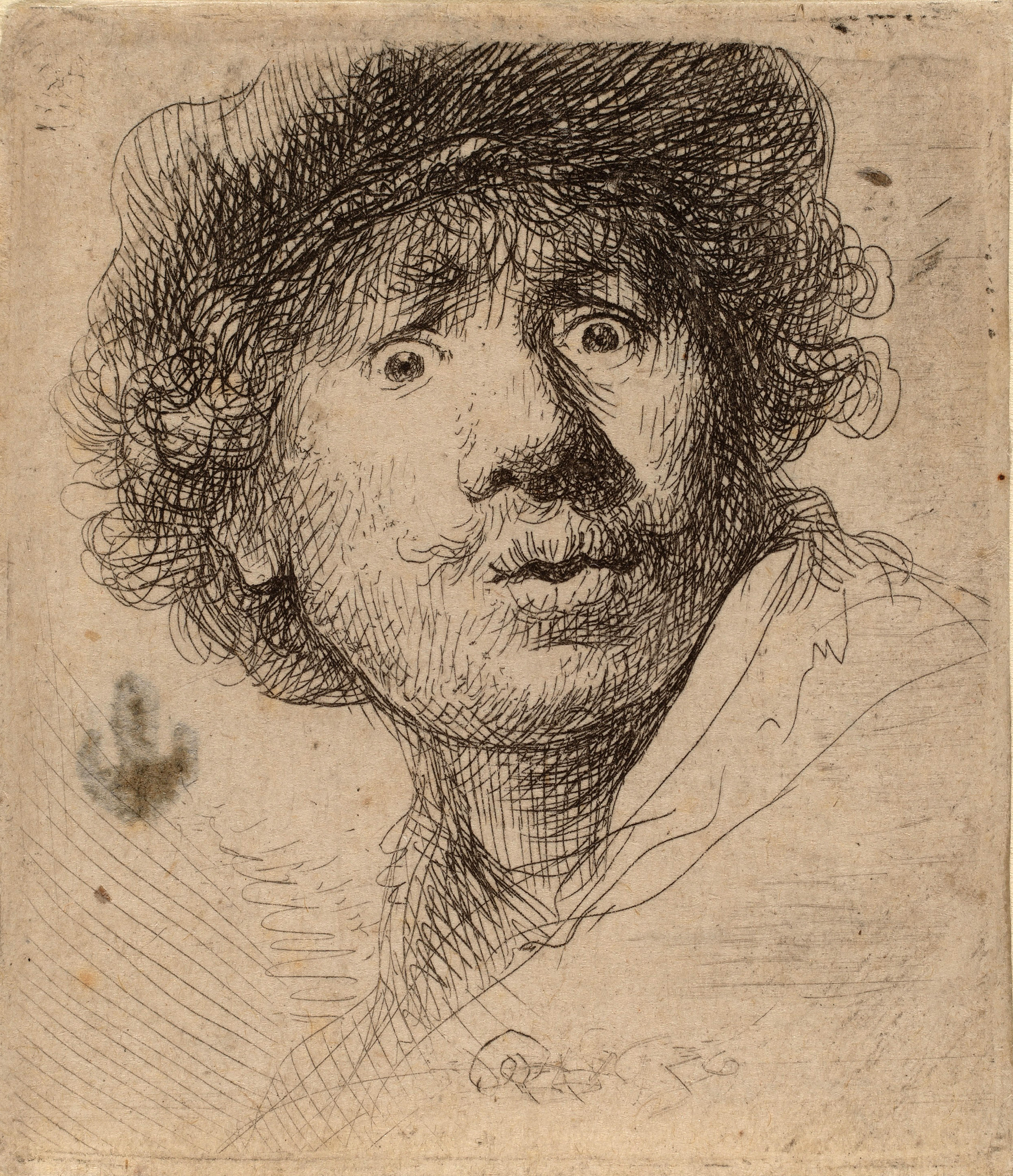
By then, he was considered one of the greatest painters of his age and, in 1642, he completed his most famous painting, The Night Watch. Yet in that same year came a crushing blow: Saskia died. For about two years, Rembrandt almost stopped painting. Even more tellingly (with the possible exception of one undated self-portrait), he didn’t paint himself again for another decade.
Then, suddenly, in 1652, a new face emerges. Standing in his artist’s smock, hands on hips, thumbs tucked into his belt and facing directly towards us, Rembrandt seems like a man who has come through. He has fallen in love again – this time with his housekeeper Hendrickje, 20 years his junior. But, over the previous 10 years, the loss of Saskia and mounting financial problems have taken a visible toll.
The familiar furrow between the eyes has deepened, the jowls have sagged, the flesh has developed a lumpier quality and the line of the lips seems weaker. This ageing face was to become the focus of some 20 self-portraits that Rembrandt produced from now until his death in 1669.
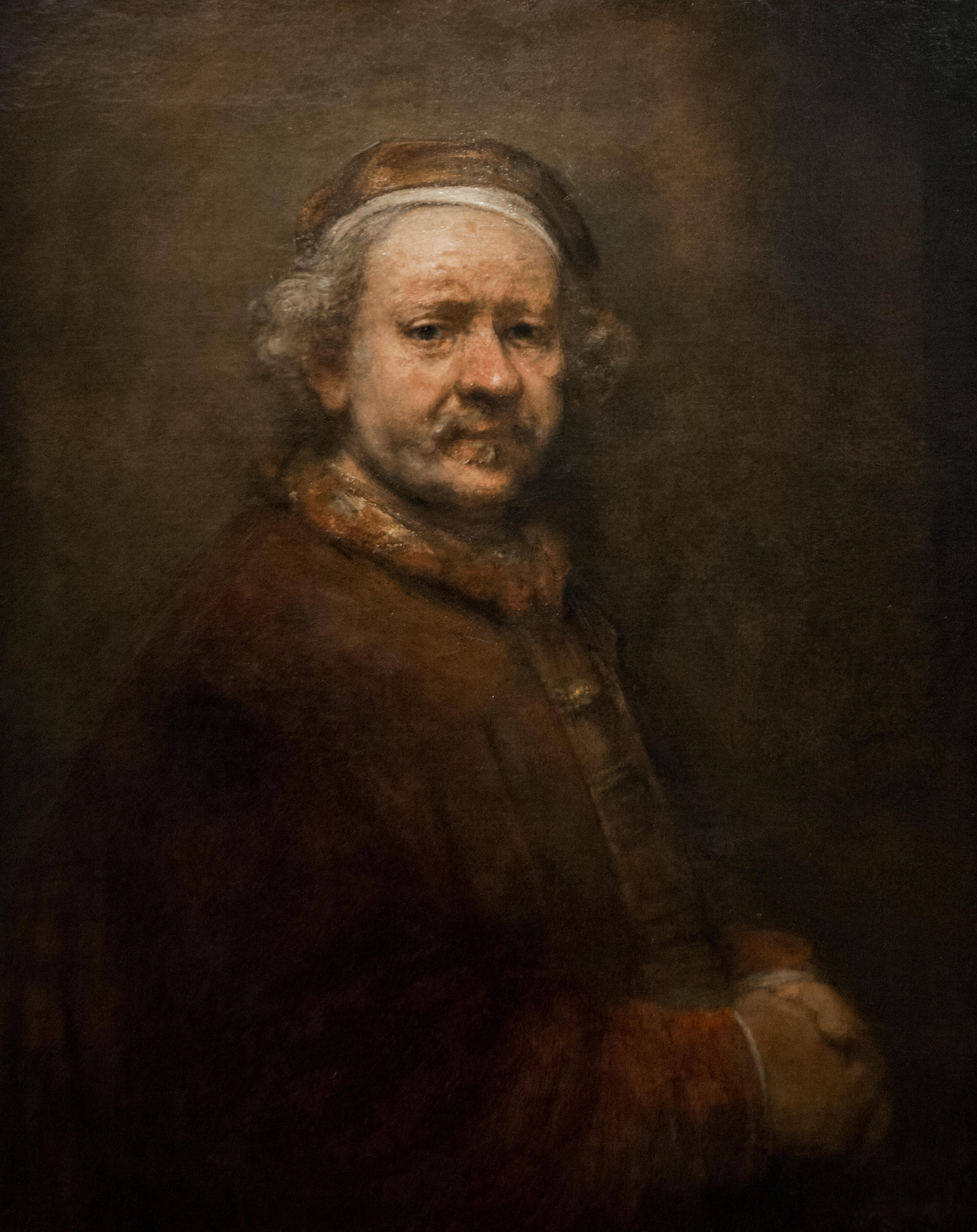
They include two of his most famous, both probably made in 1659, that show him dressed in the same dark coat and with a beret pulled down over his wayward, greying hair, but facing in different directions. In the version now in Washington, he faces left, one of only two painted self-portraits in which he turns this way.
Rembrandt seems to be addressing a fundamental issue in self-portraiture – the problem of the mirror image. The painter has to copy a reflection, so would, for example, inevitably end up depicting a pimple on the left side of his nose as if it were on his right. That reversal of the features wouldn’t be discernible unless you were to look at the painting alongside the face of the real man. To make the Washington portrait, Rembrandt must have rigged up two mirrors to produce a double reflection.
"As, like skin, oil paint is semi-transparent, he could also use it to create translucent layers, allowing patches and veins of grey, pink, purple and yellow to show through, just as they do in real flesh"
Image-reversal also caused a problem with his hands. In the mirror, the one holding the brush appeared to be his left. If he were to depict what he saw, he would seem to be left-handed. So, in all his painted self-portraits, he either obscured or repositioned his hands to disguise this problem. On the few occasions when he depicted himself as a painter, he changed what he saw in the mirror and showed instead a paintbrush in his right hand or his paints in his left.
Yet it is another, more complex technical challenge that is perhaps most revealing in these late self-portraits. Above all, Rembrandt had become obsessed by how to depict skin convincingly. He was fascinated by the textures and infinite subtleties of human flesh and as it aged – indeed, as he aged – that flesh became more and more interesting.

Oil paint offered an extraordinary medium to work with. He could apply it thickly, modelling a sagging fold beneath the eye almost in three dimensions or using a blotch of coagulated paint to render a blemish on his face. And as, like skin, oil paint is semi-transparent, he could also use it to create translucent layers, allowing patches and veins of grey, pink, purple and yellow to show through, just as they do in real flesh.
To perfect these techniques, Rembrandt must have had to look and study with incredible intensity, an intensity that might have been disconcerting to his clients sitting for their portraits. Instead, he had an alternative model staring back at him from the mirror, a face he knew so well and which has made such an impact on art history. That look in the eye? One of a man of deep insight wrestling with the human condition? Perhaps. But, ultimately, it’s the look of a painter at his easel concentrating intently on his work.
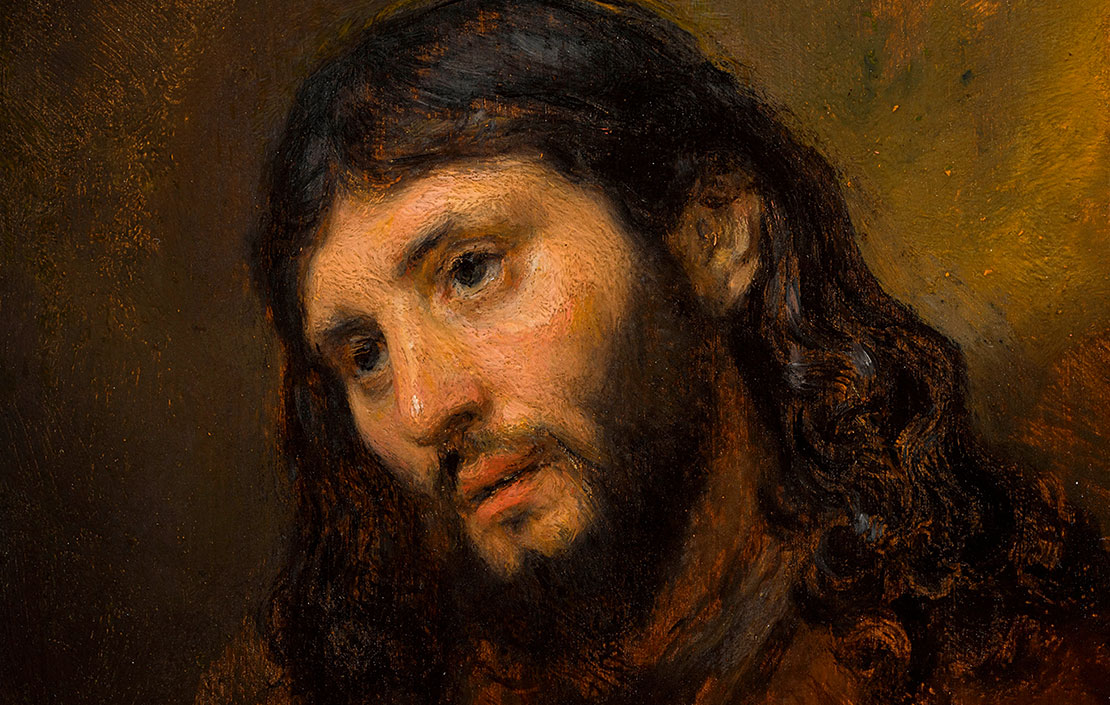
In Focus: The Rembrandt portrayal of Christ which contains the fingerprints of the great master himself
A wonderful Rembrandt that went under the hammer recently contains a fascinating imprint of its creator, as Huon Mallalieu reports.
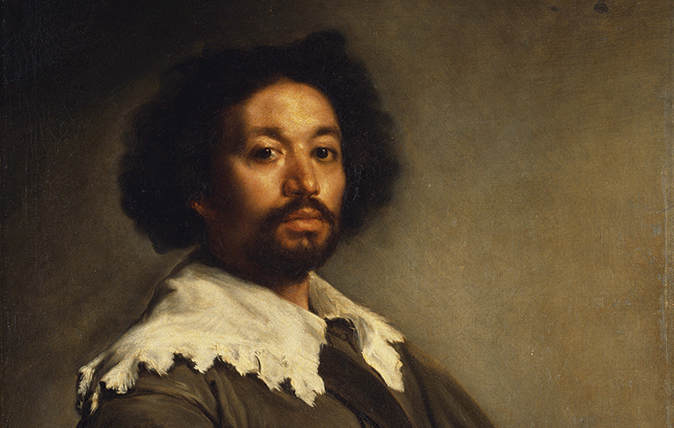
The 5 sales which made Christie’s – No.5: The first million-pound picture
This month, Christie’s is celebrating its 250th anniversary. Huon Mallalieu chooses five key sales that chart the transformation of a

In Focus: The Spanish painter whose visceral depictions of martyrdom still have the power to shock
The unflinching representations of brutality in Jusepe de Ribera's images of martyrdom is the focus of a new exhibition, the
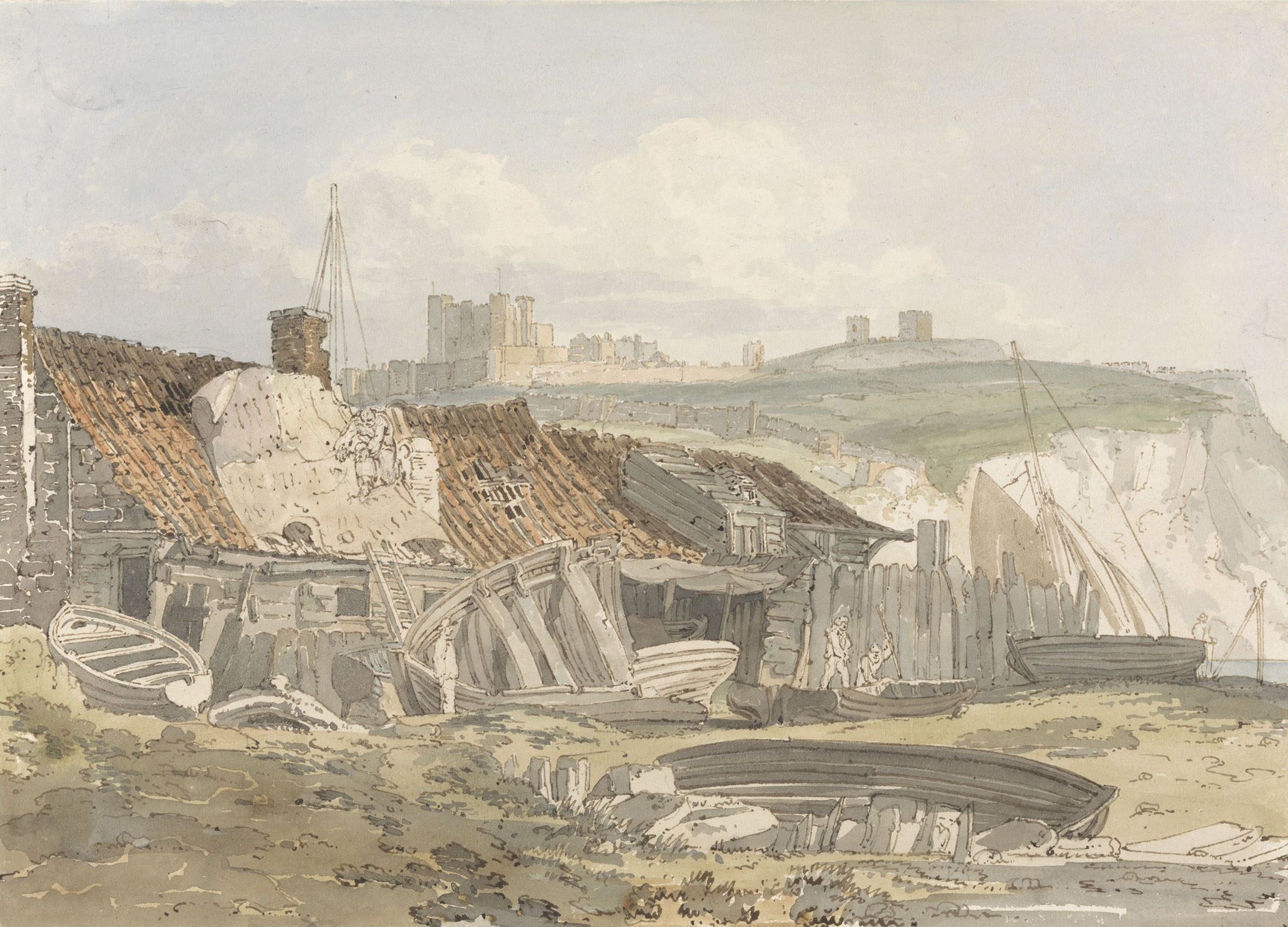
In Focus: The vast trove of watercolours documenting the world as it looked before photography
The explosion in watercolour painting in the 18th century came not from artists' studios but rather from the unbeatable practicality
Country Life is unlike any other magazine: the only glossy weekly on the newsstand and the only magazine that has been guest-edited by HRH The King not once, but twice. It is a celebration of modern rural life and all its diverse joys and pleasures — that was first published in Queen Victoria's Diamond Jubilee year. Our eclectic mixture of witty and informative content — from the most up-to-date property news and commentary and a coveted glimpse inside some of the UK's best houses and gardens, to gardening, the arts and interior design, written by experts in their field — still cannot be found in print or online, anywhere else.
-
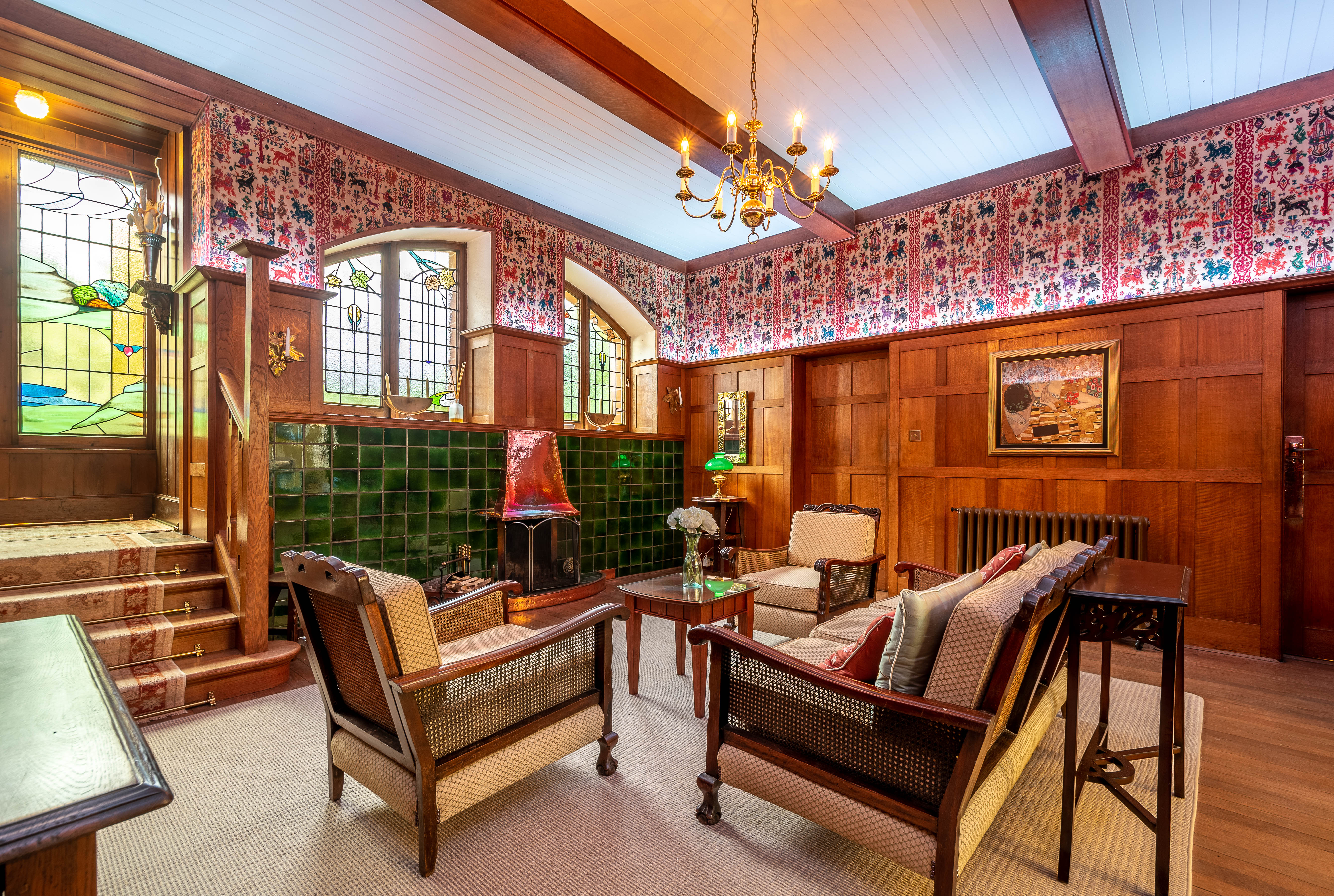 Seven of the UK’s best Arts and Crafts buildings — and you can stay in all of them
Seven of the UK’s best Arts and Crafts buildings — and you can stay in all of themThe Arts and Crafts movement was an international design trend with roots in the UK — and lots of buildings built and decorated in the style have since been turned into hotels.
By Ben West
-
 A Grecian masterpiece that might be one of the nation's finest homes comes up for sale in Kent
A Grecian masterpiece that might be one of the nation's finest homes comes up for sale in KentGrade I-listed Holwood House sits in 40 acres of private parkland just 15 miles from central London. It is spectacular.
By Penny Churchill